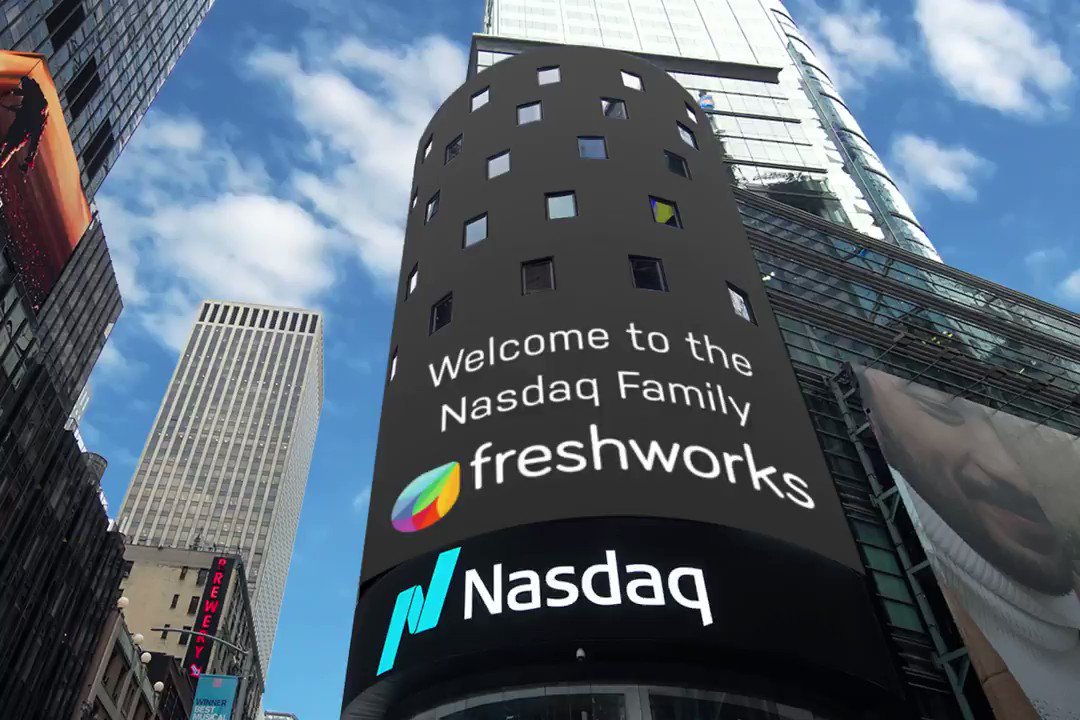While a SaaS venture offers entrepreneurs the promise of recurring revenue, it also entails significant costs in terms of development, hosting, and marketing. These expenditures can accumulate rapidly, making achieving profitability a formidable task for early-stage startups. Typically, SaaS companies find themselves redirecting any earned revenue back into the business to sustain its ongoing growth.
Let’s break down the expenses involved in building and running a SaaS company:
What does it take to kickstart a SaaS venture?
The SaaS startup cost essentially refers to the financial investment required to initiate and establish your business. This encompasses various elements such as expenses related to product design and development, UX design, marketing initiatives, and more.
The overall cost involved in launching a SaaS company isn’t set in stone; it depends on several factors. These include the scale of your project, the intricacy of features, the size of your team, and the hourly rates of your developers.
Running a SaaS business involves ongoing costs as well. These encompass expenses for project management, software development, hosting, domain names, email accounts, and potential investments in marketing and advertising to promote your product. Additionally, there’s the critical aspect of customer support costs.
It’s worth noting that certain SaaS development expenses may recur, potentially accumulating over time. However, prudent financial management can mitigate these concerns. With careful planning, you can effectively manage your overhead expenses, allowing you to concentrate on the growth and development of your business.
Deferent the Costs Associated with SaaS
For any SaaS business, reliable hosting is indispensable to prevent potential revenue losses. Hosting fees vary widely, from a few dollars per month to several thousand dollars per month, determined by the size and complexity of your application. In the early stages, a shared hosting plan may suffice, offering limited resources. However, as your site expands, upgrading to a more robust plan with increased RAM and storage becomes necessary.
Once your SaaS product is live, ongoing marketing costs become crucial for customer acquisition. These expenses can escalate rapidly, especially during experimentation phases. Whether targeting a local or global audience, advertising and promotion costs can accumulate.
Another ongoing consideration is the expense of providing user support. The cost is influenced by factors such as user numbers and the level of support offered. A larger user base might necessitate more support staff or comprehensive support packages. Conversely, a smaller user base or simpler support services can keep costs lower. Striking the right balance in support should align with the size and complexity of your user base.
While the aforementioned costs are apparent, there are also less evident expenses tied to starting a SaaS company. Let’s delve into some of these unexpected and often overlooked costs that can swiftly accumulate during the development phase.
Cost of Building

Let’s break down the costs of making a SaaS product based on different stages. Early steps, like planning and design, usually cost less compared to later stages such as developing automation and launching.
In the early phases, you’re mostly researching and figuring out your product without worrying about things like marketing or sales. So, your expenses are mainly focused on development.
As you move forward, costs start going up. Building the product, preparing for launch, and hiring people for development, testing, and marketing add to the expenses.
After launch, ongoing costs for customer support, development, and marketing come into play. Unexpected costs can pop up at any stage, so it’s crucial to budget for those.
In the end, the cost of creating a SaaS product depends on where you are in the development process. Here are the major cost factors during development.
1. Scope of your SaaS product
When gauging the expenses, it’s crucial to evaluate the project’s complexity and the number of features it demands. Developing and hosting the application, as well as establishing and managing user accounts, contribute to the substantial upfront investment associated with SaaS products. Despite this initial cost, the potential returns are significant, evolving over time as users consistently engage with the application, generating revenue.
Moreover, SaaS platforms present the advantage of a recurring revenue stream, which can gradually offset the initial investment. Given these factors, it’s important to thoroughly assess the development costs of a SaaS product before reaching a decision.



